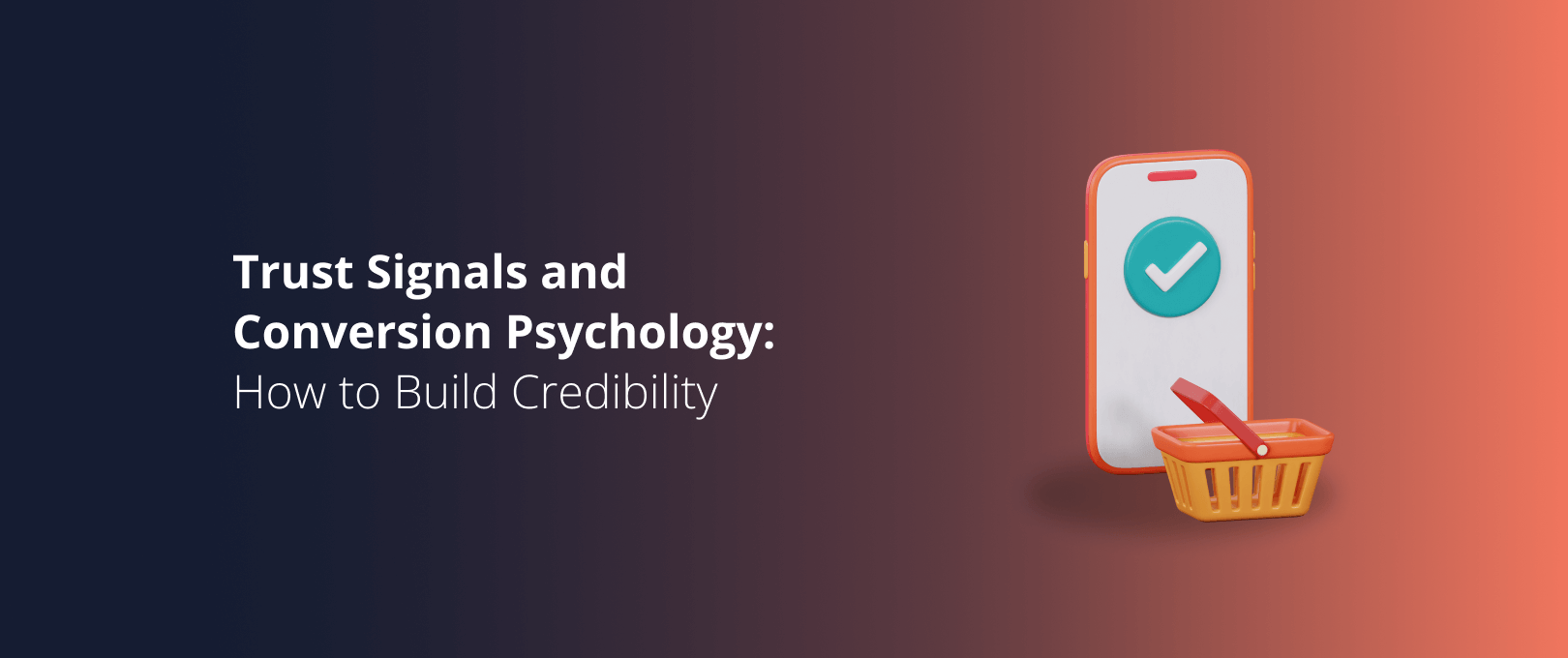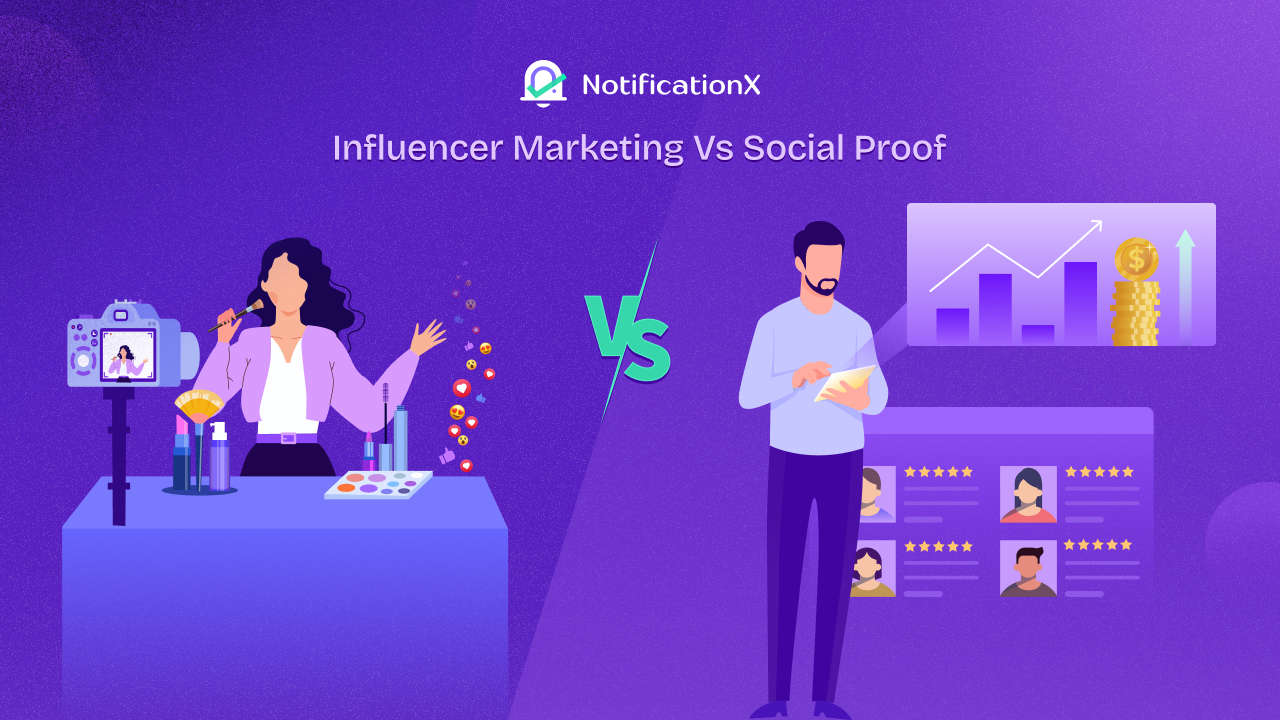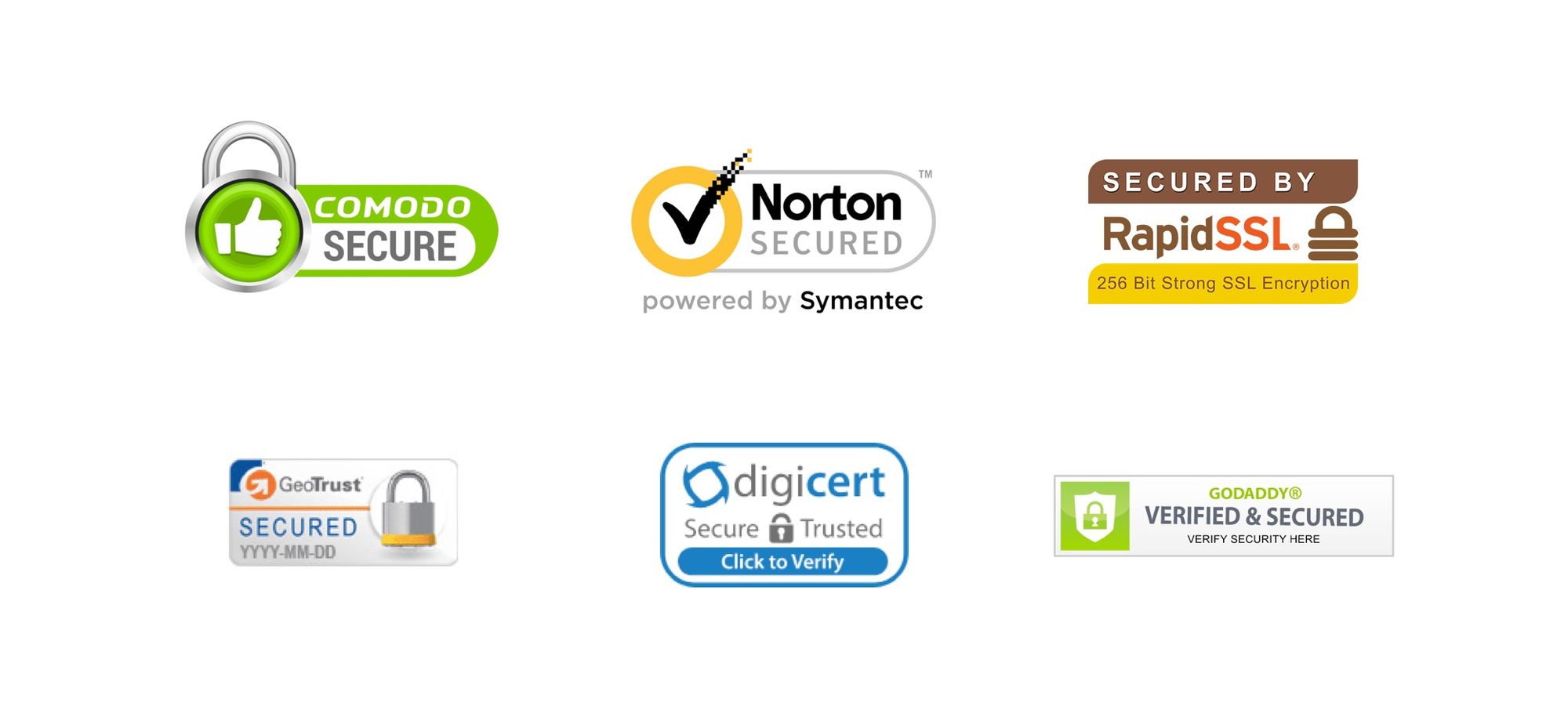In today’s competitive online marketplace, building trust with your customers is more important than ever. Shoppers are increasingly cautious, seeking reassurance before making a purchase, especially on ecommerce websites. That’s where trust signals come into play — subtle yet powerful cues that can boost your credibility, ease customer anxieties, and ultimately drive higher conversions. From customer reviews and secure payment badges to clear return policies and professional design elements, implementing the right trust signals can transform casual visitors into loyal buyers. In this post, we’ll explore effective strategies to incorporate trust signals into your website and show you how doing so can significantly boost your sales and maximize your business growth.
1. Understanding Trust Signals and Their Importance
Trust signals are subtle yet powerful cues on your ecommerce website that reassure visitors and encourage them to complete a purchase. These signals act as indicators of credibility, reliability, and security, which are crucial factors in the decision-making process of online shoppers. Without physical interaction, customers rely heavily on these elements to gauge whether your store is legitimate and trustworthy. Common trust signals include customer reviews and testimonials, secure payment icons, money-back guarantees, and recognizable brand certifications. When effectively incorporated, trust signals reduce buyer hesitation, build confidence, and ultimately increase your conversion rates. Understanding their importance is the first step towards creating a seamless and trustworthy shopping experience that turns browsers into loyal customers.

2. Key Trust Signals to Include on Your Ecommerce Website
When it comes to maximizing conversions on your ecommerce website, incorporating key trust signals is essential. Trust signals are elements that reassure your visitors that your site is credible, reliable, and safe to do business with. One of the most effective trust signals is displaying customer reviews and testimonials prominently. Genuine feedback from satisfied customers not only builds confidence but also provides social proof that your products deliver on their promises. Additionally, showcasing security badges—such as SSL certificates, payment gateway logos, and secure checkout icons—helps alleviate concerns about data safety during the purchasing process. Another important trust signal is providing clear contact information, including a physical address, phone number, and responsive customer service options, which demonstrates that your business is transparent and accessible. Offering hassle-free return policies and guarantees further reinforces trust, assuring customers that their satisfaction is your priority. By thoughtfully integrating these trust signals throughout your ecommerce site, you create a reassuring environment that encourages visitors to complete their purchases with confidence.
3. How to Effectively Display Customer Reviews and Testimonials
One of the most powerful ways to build trust and boost conversions on your ecommerce website is by effectively displaying customer reviews and testimonials. These authentic voices from real buyers serve as social proof, reassuring potential customers that your products and services are reliable and high-quality. To maximize their impact, place reviews strategically throughout your site — prominently on product pages, near call-to-action buttons, and even on your homepage. Utilize star ratings and highlight key phrases that address common concerns or praise standout features. Incorporating video testimonials can also add a personal touch, making the experience more relatable and engaging. Additionally, make sure to respond to both positive and negative feedback publicly; this transparency shows that you value customer input and are committed to continuous improvement. By thoughtfully showcasing customer experiences, you not only build credibility but also create a compelling narrative that encourages visitors to take the next step and complete their purchase.
4. Enhancing Security with Payment Badges and SSL Certificates
In today’s digital landscape, online shoppers are more cautious than ever about the security of their personal and payment information. Enhancing your ecommerce website’s security through visible trust signals like payment badges and SSL certificates can significantly boost customer confidence and, ultimately, your conversion rates. Payment badges—such as those from Visa, MasterCard, PayPal, and other trusted payment providers—serve as instant visual cues that your site accepts reputable and secure payment methods. Displaying these badges prominently during the checkout process reassures customers that their transactions are safe and protected.
Equally important is the implementation of an SSL (Secure Sockets Layer) certificate, which encrypts data transmitted between your website and your customers’ browsers. Not only does this protect sensitive information from cyber threats, but it also triggers the familiar padlock icon and “https” in the browser address bar—both of which have become synonymous with online safety. By clearly showcasing these security features, you reduce buyer hesitation, foster trust, and create a smoother path to purchase. Remember, investing in robust security measures and making them visible to your users is a simple yet powerful way to enhance credibility and encourage more sales.
5. Crafting Clear Return and Refund Policies
Crafting clear return and refund policies is a crucial step in building trust with your customers and ultimately boosting your sales. When shoppers know exactly what to expect if a product doesn’t meet their expectations, they feel more confident making a purchase. To create an effective return policy, be transparent about the time frame for returns, the condition items must be in, and any costs that may be involved, such as return shipping fees. Additionally, clearly outlining your refund process—whether customers receive store credit, a replacement, or a full refund—helps eliminate ambiguity. Make sure these policies are easy to find on your website, ideally linked directly from product pages and during checkout. By offering straightforward, fair, and accessible return and refund policies, you not only reduce hesitation but also demonstrate your commitment to customer satisfaction, which can significantly increase your conversion rates.
6. Using Professional Design and User Experience to Build Credibility
One of the most powerful ways to build trust with your customers and boost conversions is through professional design and an exceptional user experience (UX). When visitors land on your ecommerce site, their first impression is largely shaped by how your website looks and feels. A clean, modern design with a cohesive color scheme, easy-to-read fonts, and high-quality images instantly signals professionalism and reliability. Beyond aesthetics, intuitive navigation plays a crucial role in keeping visitors engaged. Clear menus, well-organized categories, and fast-loading pages create a seamless browsing experience that reduces frustration and encourages customers to explore further. Additionally, incorporating responsive design ensures your site looks and functions flawlessly on all devices, from desktops to smartphones, making shopping convenient no matter how your audience accesses your store. By investing in professional design and prioritizing user experience, you not only enhance credibility but also create an environment where customers feel confident and comfortable making a purchase—ultimately driving higher conversion rates and long-term loyalty.
7. Leveraging Social Proof and Influencer Endorsements
Leveraging social proof and influencer endorsements is a powerful strategy to build trust and boost conversions on your ecommerce website. Social proof—such as customer reviews, ratings, testimonials, and user-generated content—demonstrates to potential buyers that others have had positive experiences with your products. This reassurance can significantly reduce hesitation and encourage visitors to complete their purchases. Incorporating authentic and detailed reviews on product pages, showcasing real customer photos, and highlighting high ratings are all effective ways to harness social proof.
In addition to social proof from everyday customers, influencer endorsements can take your credibility to the next level. Collaborating with influencers who resonate with your target audience allows you to tap into their established trust and reach. When an influencer recommends your product, it acts as a strong validation, often leading to higher engagement and increased sales. To maximize the impact, choose influencers whose values align with your brand and who genuinely connect with their followers. By thoughtfully integrating social proof and influencer partnerships into your marketing strategy, you create a trustworthy atmosphere that encourages visitors to convert into loyal customers.

8. Continuously Testing and Optimizing Your Trust Elements
Implementing trust signals on your website is an essential step toward building credibility and boosting conversions, but the work doesn’t stop once they’re in place. Continuously testing and optimizing your trust elements is crucial to ensure they are effectively resonating with your audience and driving the desired results. Start by monitoring key metrics such as bounce rates, time on page, and conversion rates to identify how visitors are interacting with your trust signals. A/B testing different variations—whether it’s the placement of customer testimonials, the design of security badges, or the wording of guarantees—can reveal what works best for your specific audience. Additionally, gathering user feedback through surveys or heatmaps can provide valuable insights into how trustworthy and reassuring your visitors find your site. Remember, consumer expectations and market trends evolve, so regularly revisiting and refining your trust elements will help maintain their impact. By embracing a mindset of ongoing experimentation and improvement, you can ensure your trust signals consistently enhance credibility and maximize your ecommerce conversions.
If you found this article helpful and need help with your website conversion, contact us for a FREE CRO Audit




